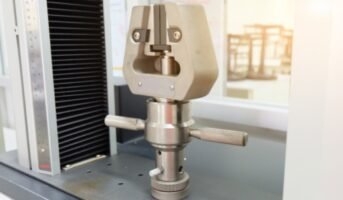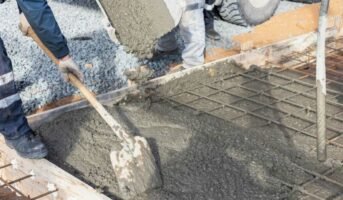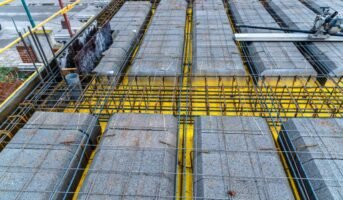Soil is the most commonly used construction material. From the earthen dam to high-rise, from embankments to subgrades, the soil is the main component that is used to raise the ground level to match the foundation level of the building, roads, or other construction. To make these constructions strong enough, the shear strength of the soil should be increased.
Compaction of soil is the only way that can increase this strength. As it is a major civil construction method, it is considered the very first stage of building any construction site.
Compaction of soil: What is it?
Compaction is a completely artificial process that reduces the overall volume of the soil quickly. In this method, pores or air voids are reduced, which results in an increase in the density of the soil particles.
As the compaction process is quite similar to the consolidation process, it is easy to get confused between these two. Here is a list of differences between compaction and consolidation.
Compaction of soil: Difference between compaction and consolidation
-
Compaction:
- It is an artificial or mechanical process.
- It decreases the volume of the soil.
- It increases the density of the soil.
- This process takes place in partially saturated soil.
- It is a very short-term process.
- Usually, this process is effective in well-graded soil.
-
Consolidation:
- It is a natural process.
- Consolidation is good for fully saturated soil.
- This is a long-term process that needs months to years.
- This process is good for clayey soil.
- Consolidation is the result of long-term static load.
Compaction of soil: Is it mandatory? If yes, why?
Yes, the compaction process of soil is mandatory. Soil compaction is used to increase the shear strength and the bearing capacity of the soil. Usually, this process increases the strength simply by adding a higher range of friction so that the interlocking of soil particles can take place. In this process, the chance of the future settlement of soil is completely reduced by enhancing the stiffness of the soil. The air voids are also reduced by pressure. As the process goes by, the water infiltration power starts to reduce gradually.
Objectives of the compaction of the soil:
- Increase the shear strength of the soil
- Reduce the unwanted settlement of the soil structure
- Control unwanted volume change
- Reduce permeability of the soil
- Enhance the stability of the slope
Compaction of soil: Which factors are affected after the compaction of the soil?
After the compaction of the soil, a few things change. Here are those.
- Types of soil: Different kinds of soil can vary based on the compaction. Usually, the soil is different, and it is characterised based on its particle size, density, etc. After the compaction process, air voids are eliminated, and the interlocking process is done among all particles.
- The moisture content of soil: After the compaction of the soil, the moisture content of the soil is changed, and it can reach the optimum moisture content. This rate of the optimum moisture content or the OMC is determined in a laboratory based on its features.
Types of compactors used in the compaction of soil
There are various types of compactors used in the compaction of the soil. Here is a list of the compactors.
- Smooth rollers
- Padfoot rollers
- Tamping foot rollers
- Pneumatic rollers
- Rammer
FAQs
What is the compaction of soil?
Compaction of soil is a mechanical process in which all soil particles are pressed together hard; by this process, the pore gap between soil particles is reduced. In this method, water infiltration can be reduced.
What is the main reason behind the compaction of soil?
The main reason behind the compaction of soil is to increase the shear strength of the soil. Specifically, for an earth dam, this is much required.
Which is the most common compaction test for soil?
The most common compaction test for soil is the Proctor compaction test which was invented by R. R. Proctor, a field engineer for the Bureau of Waterworks and Supply.
Which is the major equipment for the Proctor test?
The major pieces of equipment for the Proctor test are cylindrical compaction mode, Proctor rammer, sieve, steel straightedge, moisture containers, mixer, metallic tray, controlled oven, etc.
Housing News Desk is the news desk of leading online real estate portal, Housing.com. Housing News Desk focuses on a variety of topics such as real estate laws, taxes, current news, property trends, home loans, rentals, décor, green homes, home improvement, etc. The main objective of the news desk, is to cover the real estate sector from the perspective of providing information that is useful to the end-user.
Facebook: https://www.facebook.com/housing.com/
Twitter: https://twitter.com/Housing
Email: [email protected]











